Toe Socks Solo
Gymnastics and dance knitted elastic toe shoes. Comfortable for every kind of feet. Closed model without a sole. Thanks to their elasticity, stockings are very comfortable and suitable for any foot shape. Silicone on the elastic bands provides a secure hold on the leg.
Fabric: 100% Polyamide
| TASUTA TRANSPORT PAKIAUTOMAATI tellimustel üle 70€ |
Description
What are half-shoes used for?
Some styles such as lyrical and contemporary are often performed barefoot. However, some moves, like turns are hard to perform without a ballet or jazz shoe. The foot, especially, when sweaty, sticks to the floor making it hard to perform the required step and can also put undue pressure on the knee. Therefore, dancers use foot thongs and half shoes! They are especially popular amongst rhythmic gymnast.
Half shoes, lyrical shoes – these come from the world of rhythmic gymnastics. They are like half a ballet shoe with elastic replacing the back half of the shoe. Half shoes usually have two pieces of elastic band that help to hold the shoe in place during training. You can wear the elastic however you feel the most comfortable, but we recommend placing one elastic over the foot and the other behind the heel. The elastics can be also both placed behind the heel.
Half-shoes are made out of different materials such as leather, suede and canvas. Half shoes that are made out of canvas are also known as a half socks, as the material resembles a sock and it only covers half of the foot. Each dancer has their own preference for half shoes: some prefer leather and some canvas. A professional gymnast has a pair of each in the training bag as each training may require a different type of half shoe. We’d recommend choosing a shoe that fits the training and is comfortable to wear and move in.
How to choose the correct sized half shoes?
Using a measuring tape or a ruler, measure the length of your foot. We recommend drawing the outline of your foot on a piece of paper and then to measure the length of it (from the top of your big to the end of your heel).
| Size Solo | Size EU | Insole (cm) |
| X | 28.5-29 | 18 |
| XX | 30-31 | 19 |
| XXS | 31.5-32 | 20 |
| XS | 33-34 | 21 |
| S | 34.5-35 | 22 |
| M | 36-37 | 23 |
| L | 37.5-38.5 | 24 |
| XL | 39-40 | 25 |
| XXL | 40.5-41 | 26 |
Reviews (0)
Only logged in customers who have purchased this product may leave a review.
You may also like…
21.33€
This product has multiple variants. The options may be chosen on the product page
13.96€
This product has multiple variants. The options may be chosen on the product page
Related products
60.96€
This product has multiple variants. The options may be chosen on the product page
41.23€
This product has multiple variants. The options may be chosen on the product page
15.50€
This product has multiple variants. The options may be chosen on the product page
16.12€
This product has multiple variants. The options may be chosen on the product page

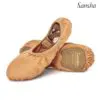
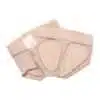
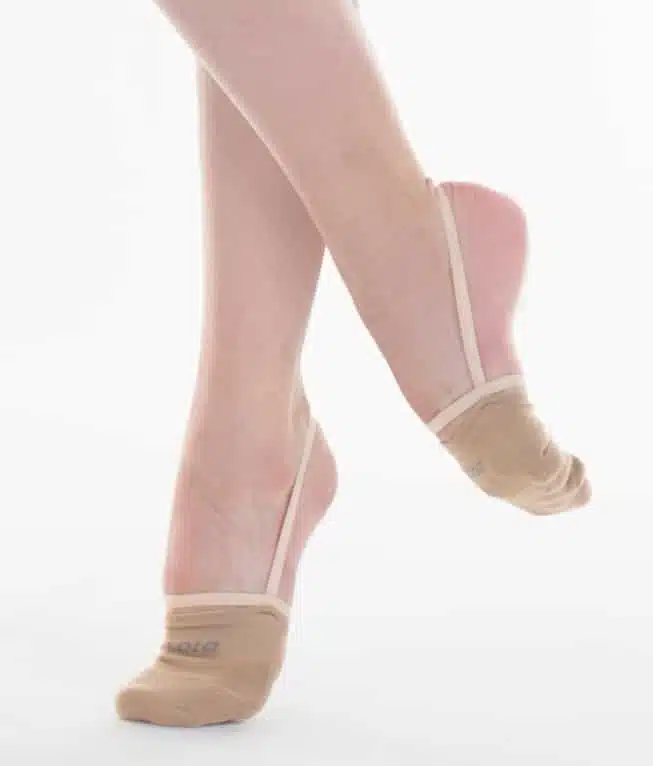
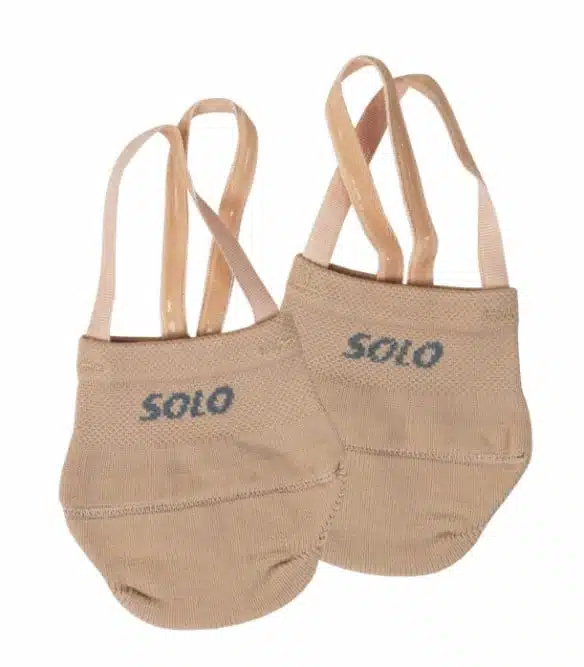
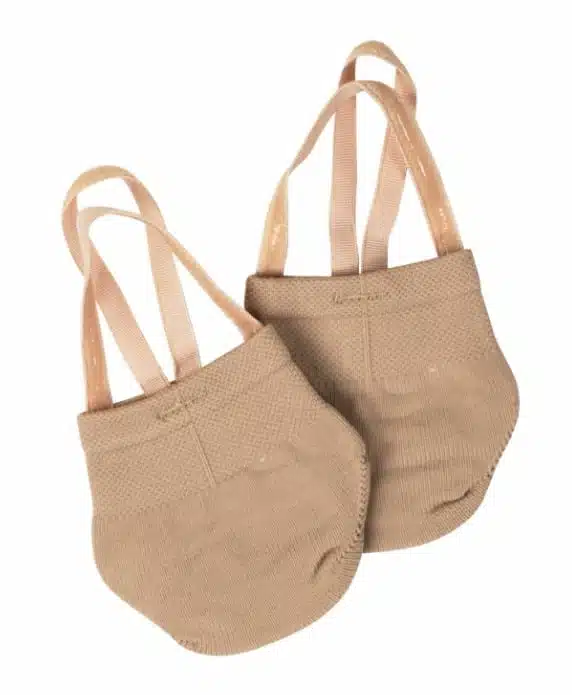


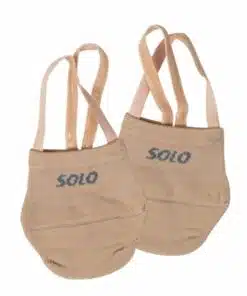
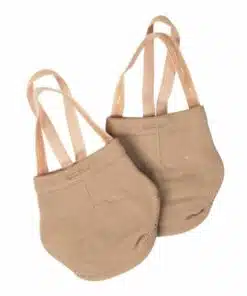
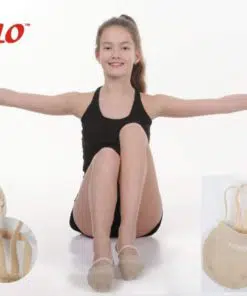

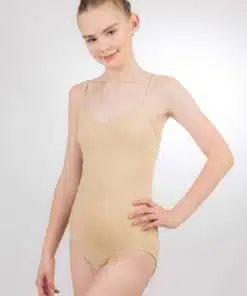

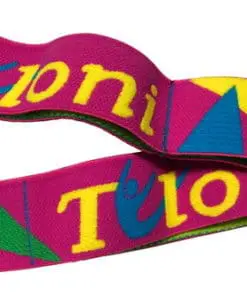
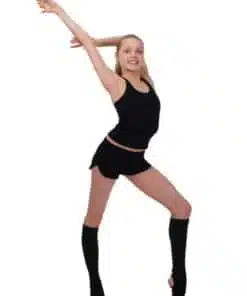
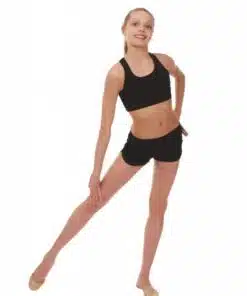
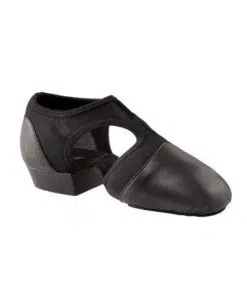
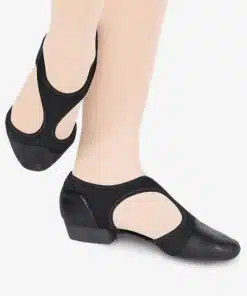
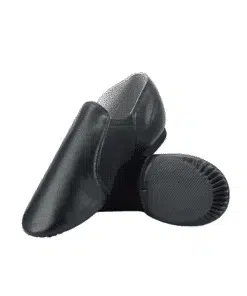
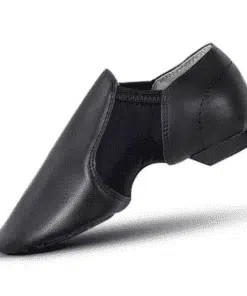
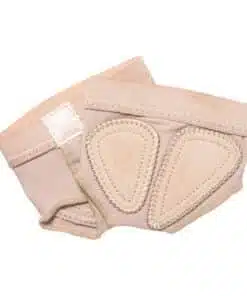
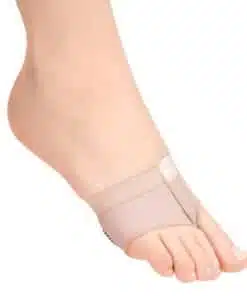
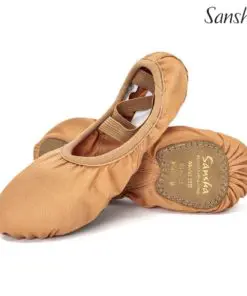
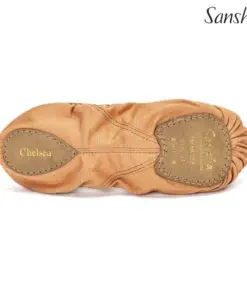
Reviews
There are no reviews yet.